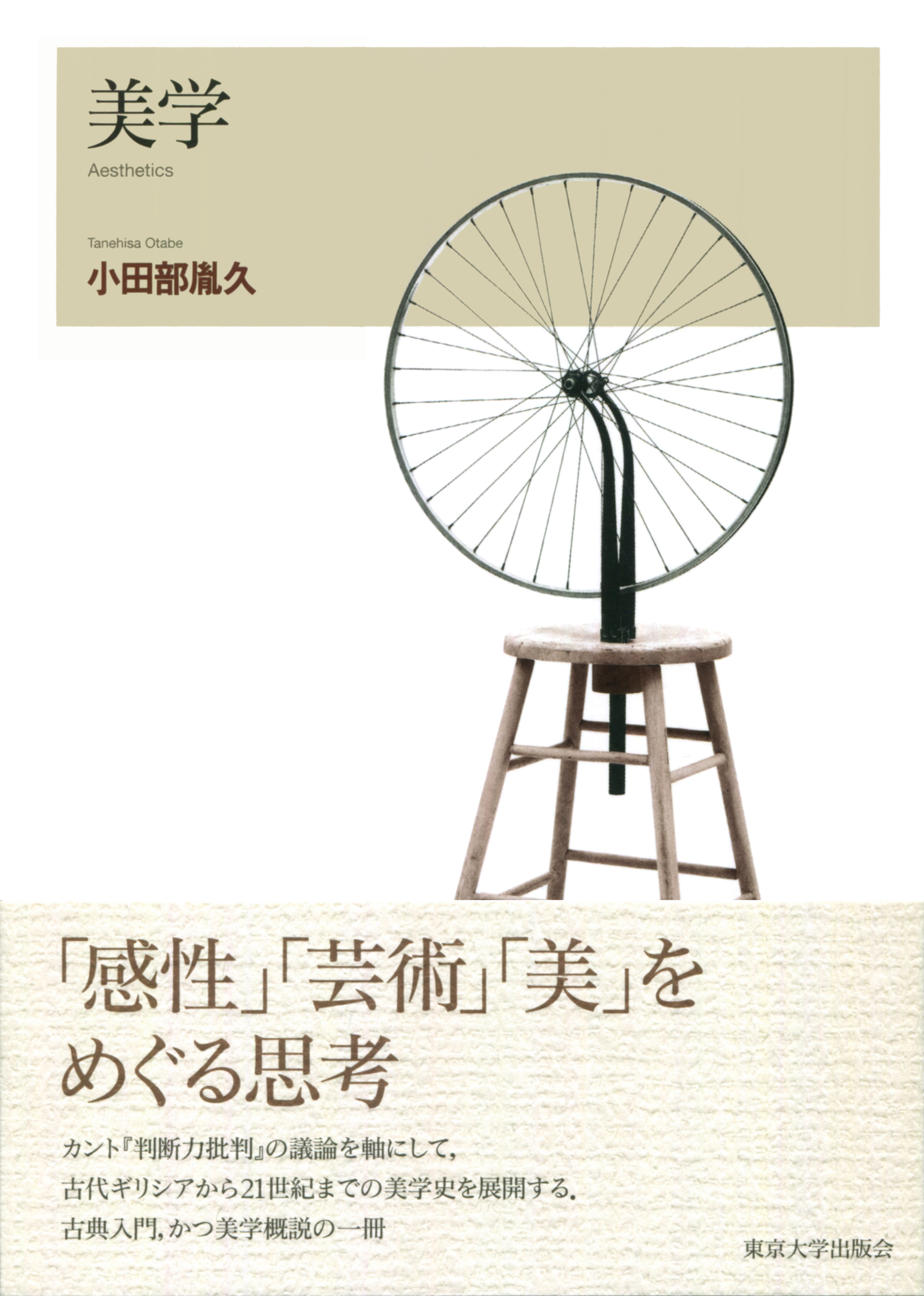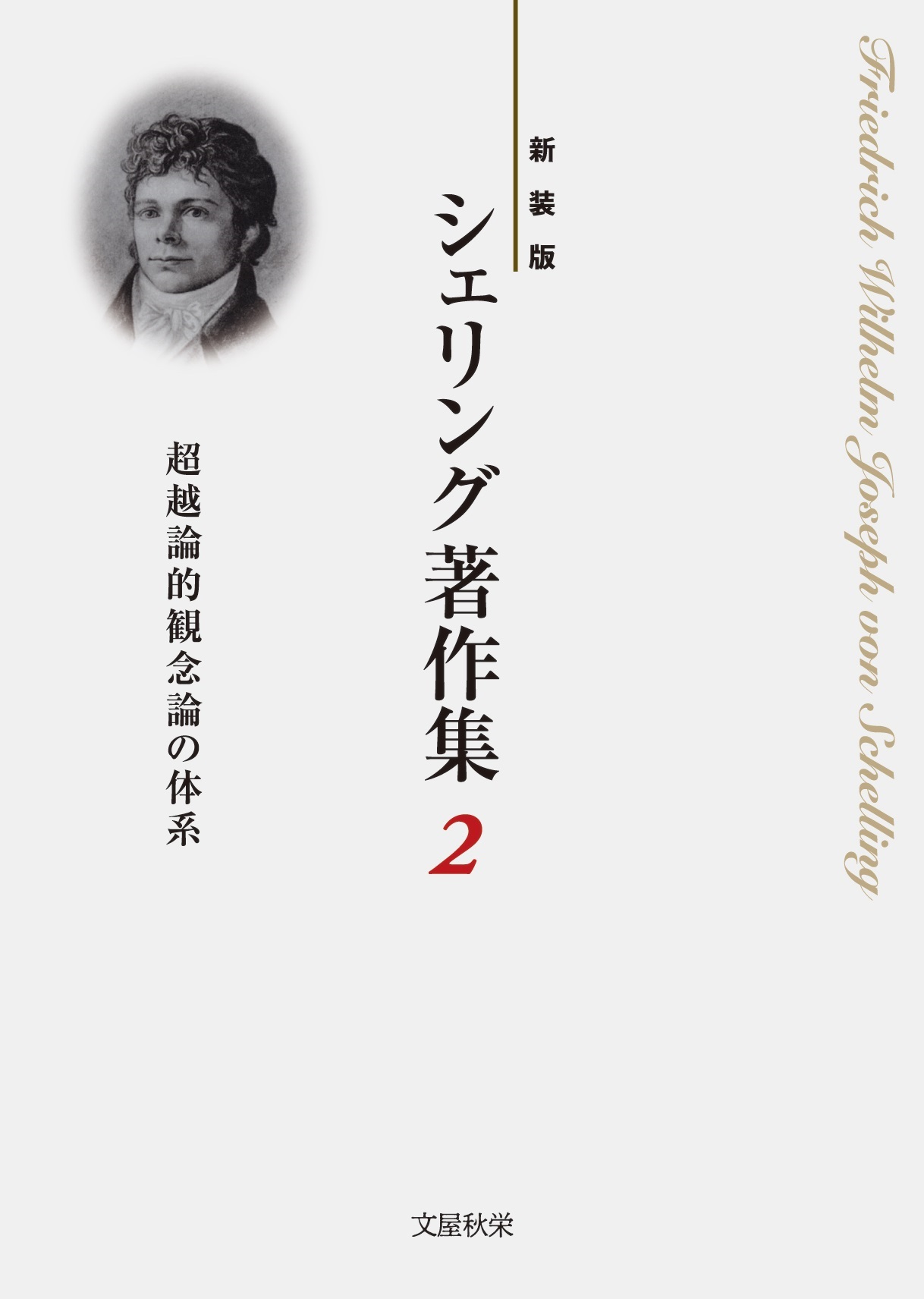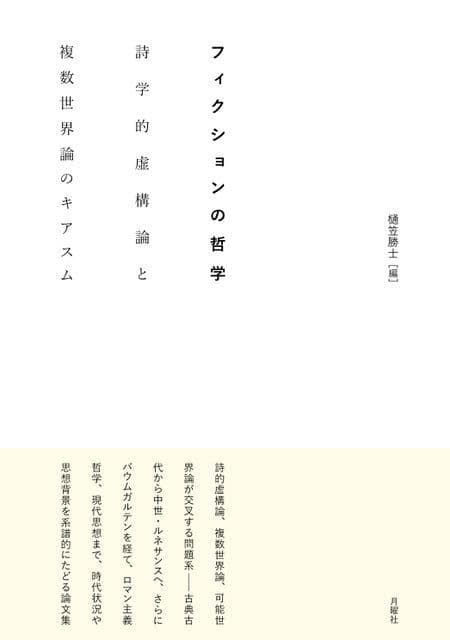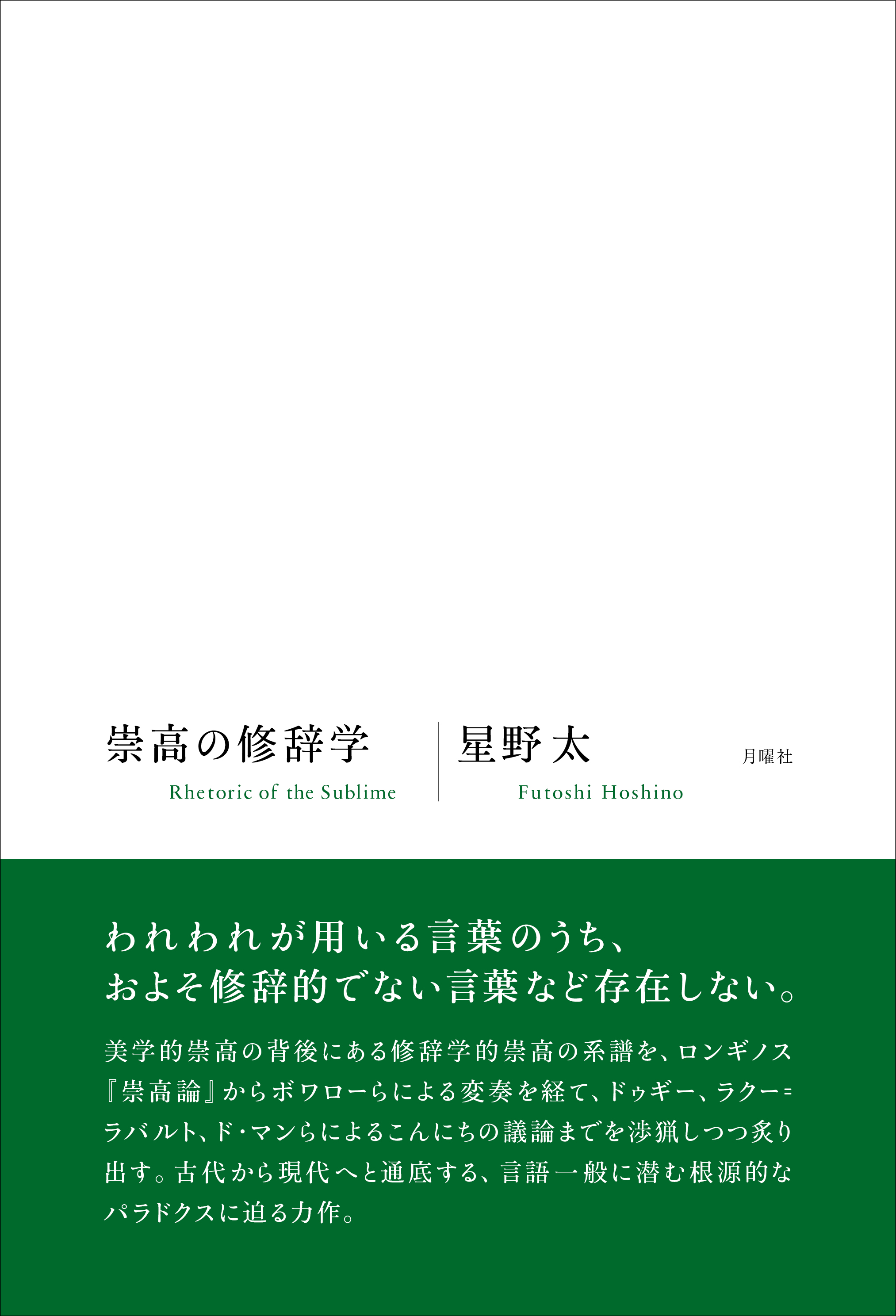
Title
Seiyo no Bigaku, Bijyutsu-shi (Western Aesthetics and Art History)
Size
300 pages, A5 format
Language
Japanese
Released
2024
ISBN
978-4-595-32455-0
Published by
Foundation for the Promotion of The Open University of Japan
Book Info
Japanese Page
This book is a textbook that accompanies the lecture course titled “Western Aesthetics and Art History” offered by the Open University of Japan. The first half of the book was written by me, while the second half was written by the art historian Kikuro Miyashita. It is, of course, impossible to comprehensively cover Western aesthetics and art history in a single volume. The subject matter is so diverse and there are so many things to discuss. That said, it is precisely for this reason that a book is needed that presents the basic perspectives of Western aesthetics and art history and can serve as a compass for further specialized study. To this end, I have attempted to reconstruct Western aesthetics and art history in my own unique way while simultaneously referring to and breaking free from traditional overviews and introductory texts (many of which have become classics). Thus, I have avoided discussing topics in chronological order, and instead have organized the chapters by subject, with each chapter being relatively independent, and have incorporated the historical development of Western aesthetics and art history into the discussions in each chapter. This reflects my wish that readers understand Western aesthetics and art history not as a collection of historical facts, but as an interconnected set of themes. Here, I will briefly discuss the first eight chapters of the book, which I was in charge of.
To begin with, what is aesthetics? To answer this question, we need to first focus on how aesthetics, which has existed as a field of study for less than 300 years, has defined itself. Over the course of this examination, it becomes clear that the discipline of aesthetics has emerged from the intertwining of the three subjects of beauty, sensibility, and art in various ways (Chapters 1 and 2). The following six chapters discuss each of these three subjects—beauty, sensibility, and art—in order. Incidentally, although aesthetics is indeed a product of modern Western thought, as indicated by Baumgarten, the founder of aesthetics, in his discussion based on various theories from classical antiquity (especially the art of rhetoric as represented by Cicero and Quintilian), aesthetic thought is closely tied to Western thought, which has developed continuously since ancient Greece. Therefore, in this book, I also consider various thoughts on aesthetics from ancient Greece to the 21st century.
Chapters 3 and 4 discuss beauty in relation to pleasure and perception while referring to Plato, Aristotle, Kant, Schiller, and Cassirer. Chapter 5 discusses the subject of sensibility in terms of aesthetic categories (specifically, the sublime, the graceful, and the characteristic); in this sense, it is an exploration of the modern concept of sensibility. Chapters 6 and 7 elucidate the formation and transformation of the concept of art, and Chapter 8 explores the role of creation and interpretation.
For readers who are not particularly fond of abstract thinking, I would recommend reading Chapters 6 and 7 first. I have tried to explain how the idea of art is a product of the modern age from a new perspective.
(Written by OTABE Tanehisa, Professor, Graduate School of Humanities and Sociology / 2023)



 Find a book
Find a book






